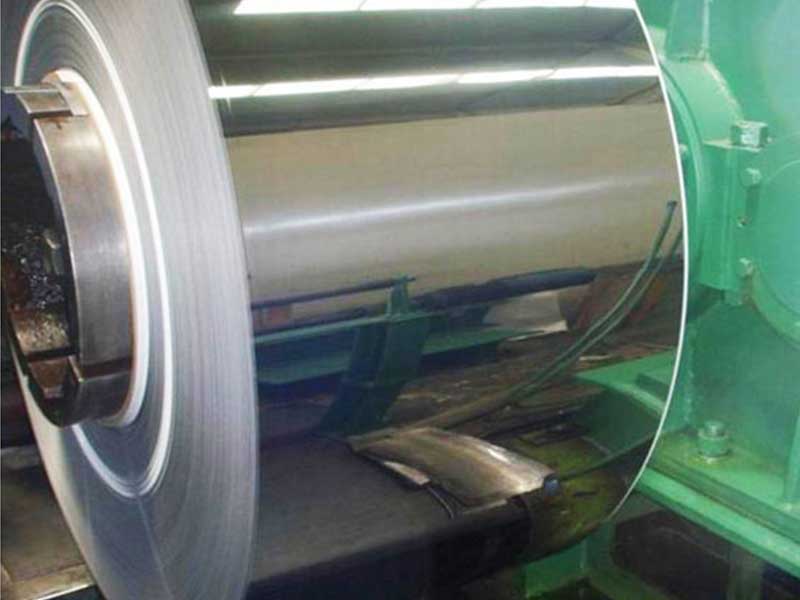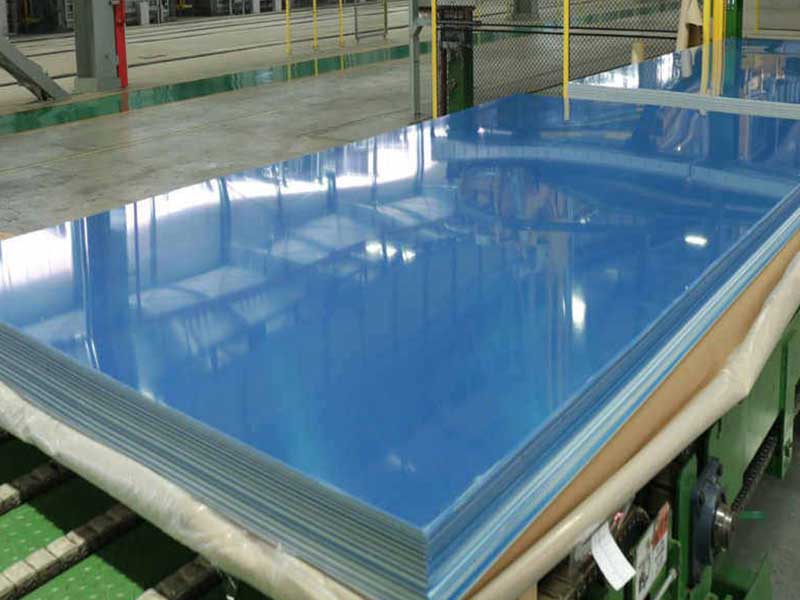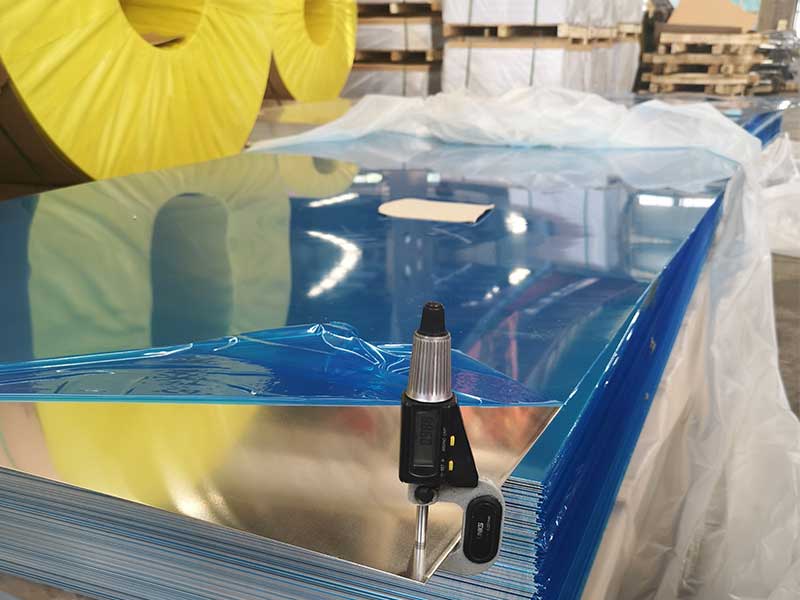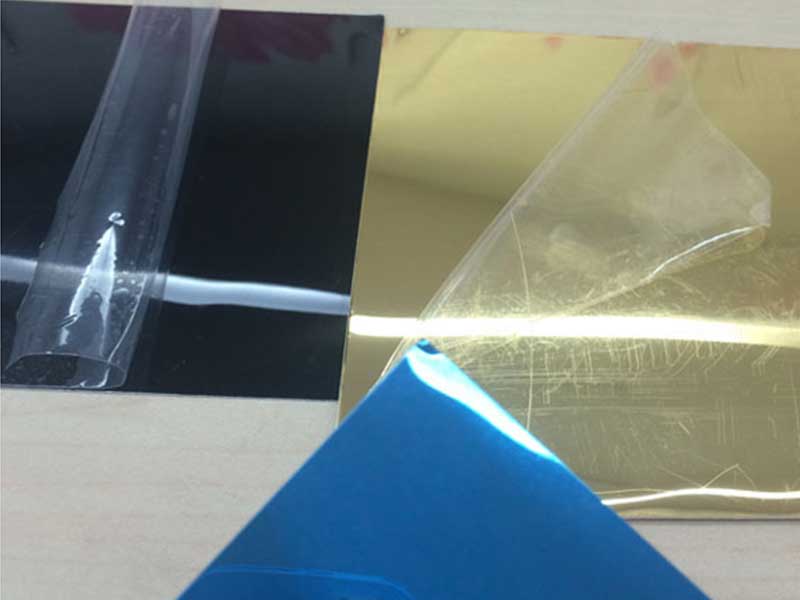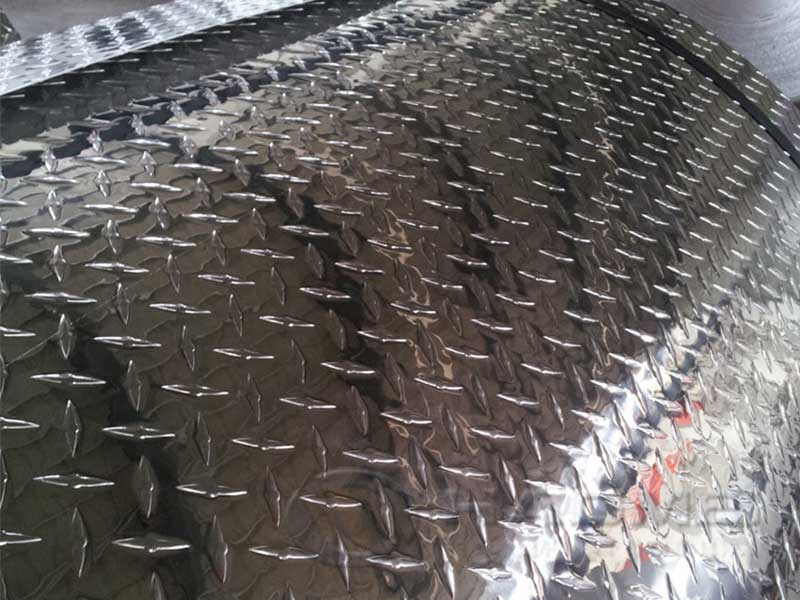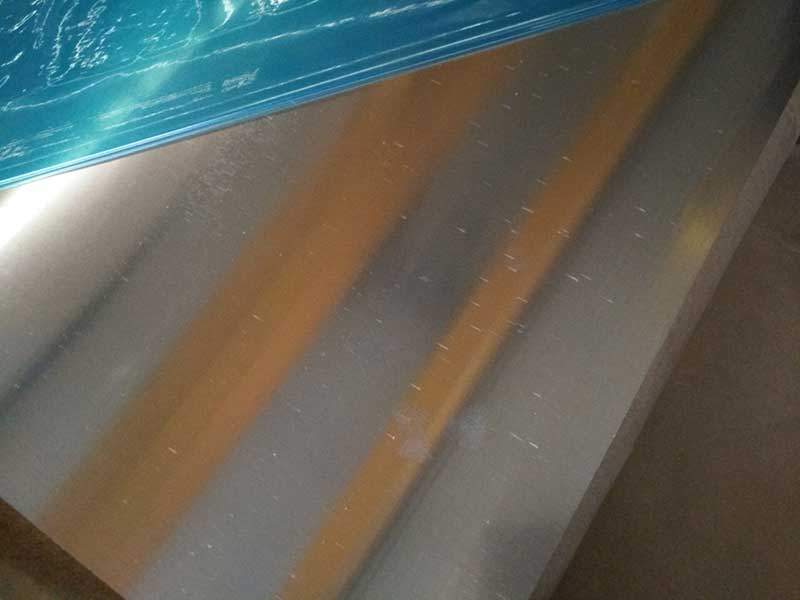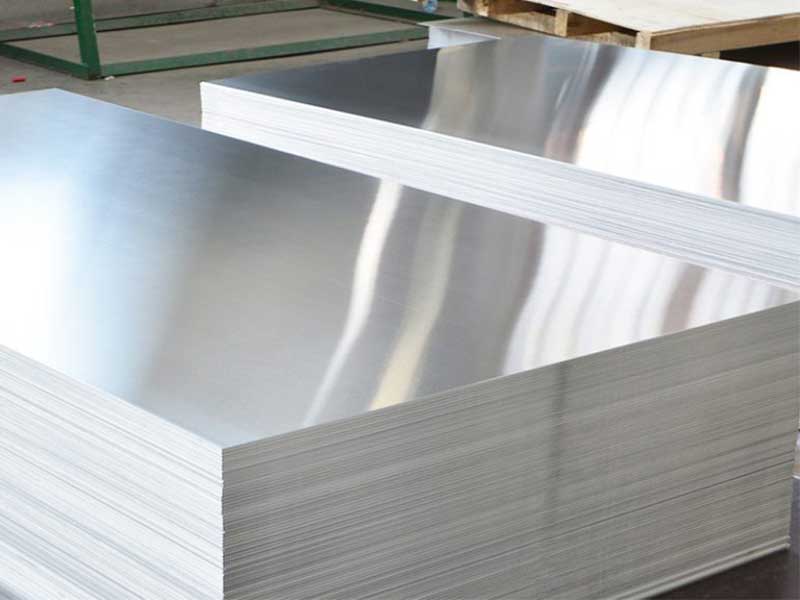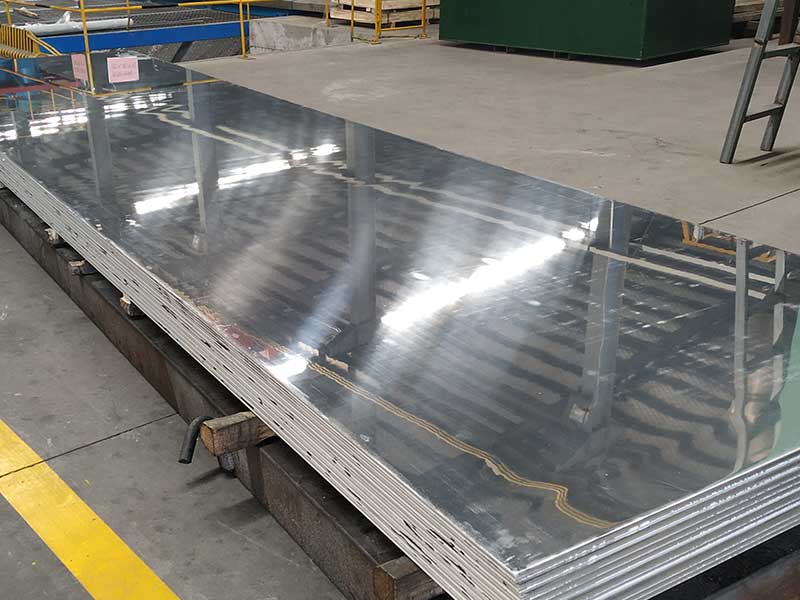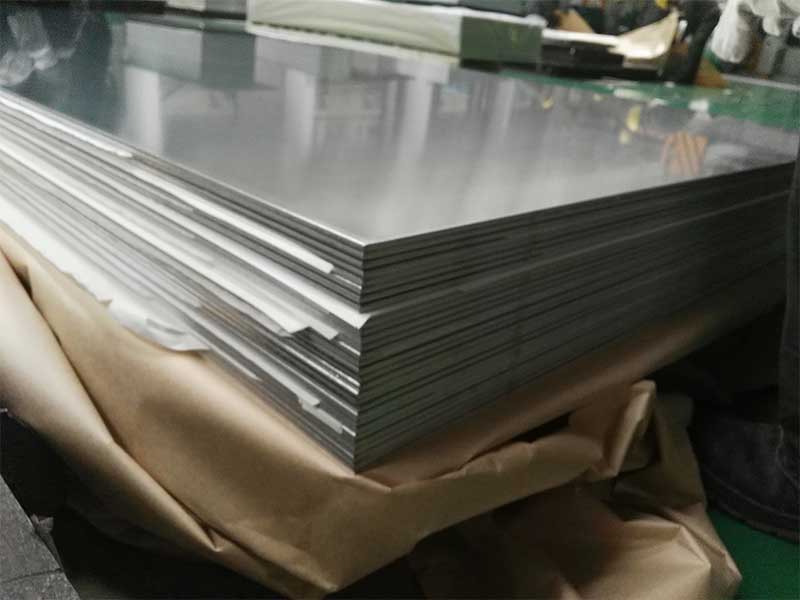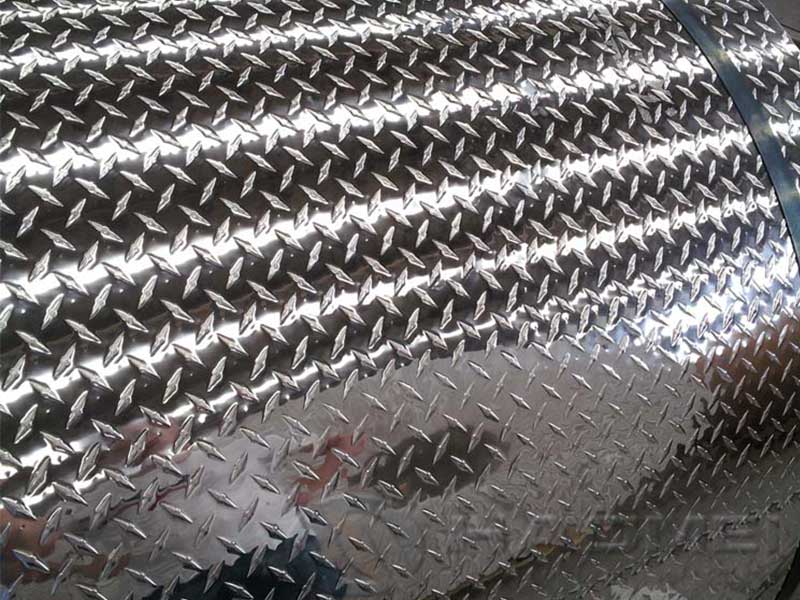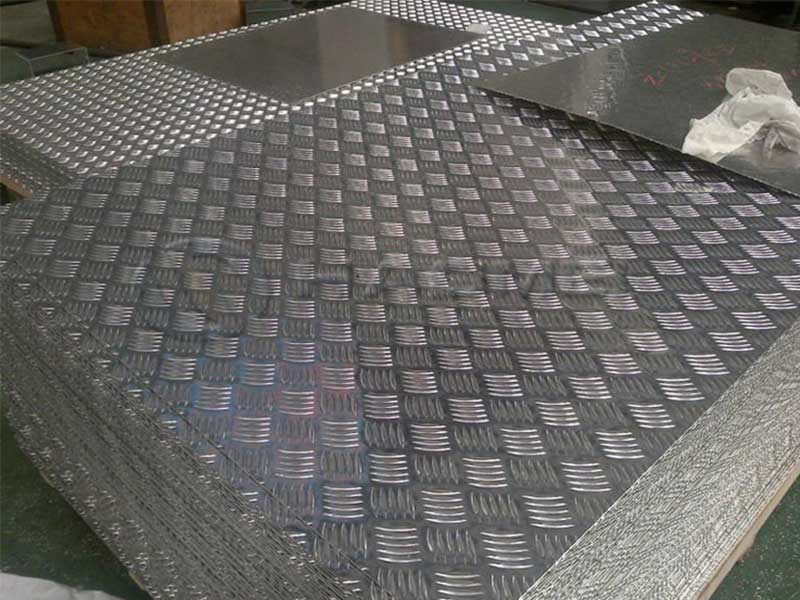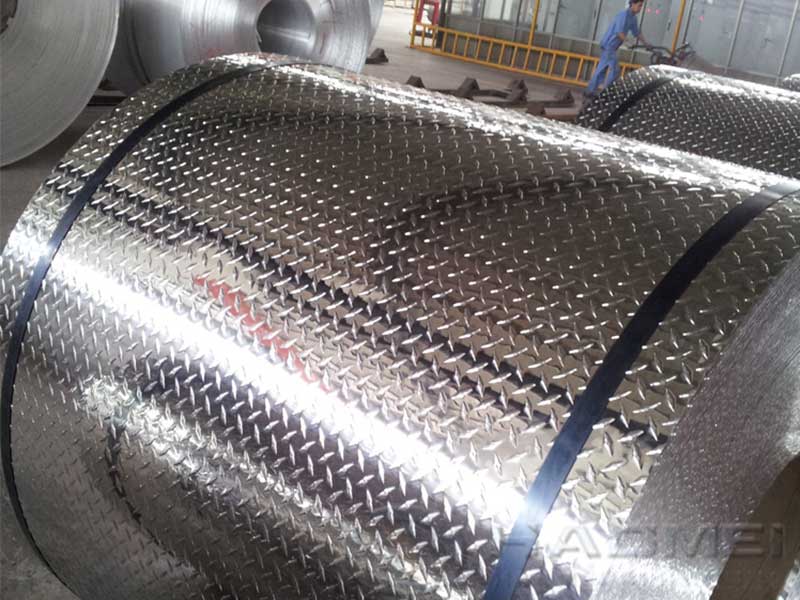2025-05-16 https://www.aluminum-coils.com/a/5mm-aluminium-plate.html
Unveiling the Strength and Versatility of 5mm Aluminium Plate: A Technical Perspective
In the world of metals, the 5mm aluminium plate stands out as a benchmark of balance—offering just the right thickness to combine robustness with manageable weight.
The Metallurgical Marvel: Why 5mm Thickness Matters
At 5mm thickness, aluminium plates strike an ideal balance in structural performance. Thinner than most engineering sheets yet thicker than conventional foils, a 5mm aluminium plate benefits fundamentally from aluminium’s crystalline structure, enabling optimal load distribution.
We use a lot of 5mm aluminum plate here, and it's fascinating how much its properties depend on the alloy. While the thickness is constant, the subtle differences in tensile strength, machinability, and corrosion resistance between, say, 6061 and 5052 alloys become hugely significant in different applications. A 6061 plate might be perfect for a structural component requiring high strength and weldability, while a 5052 would be preferred for something needing superior corrosion resistance, even if it means a slight sacrifice in strength. I've personally seen the impact of improper alloy selection – a failed weld on a structural part because the wrong alloy was specified, leading to a costly rework. That's why meticulous attention to detail and thorough material traceability are so vital in our production.
Beyond the alloy, the surface finish of the 5mm plate is another area demanding careful consideration. A mill finish is perfectly acceptable for certain applications, but others require a more refined surface – perhaps anodized for enhanced corrosion protection or even powder-coated for aesthetics and added durability. I've worked on projects where the final product's appearance was critically dependent on a perfectly smooth, consistent finish. Achieving that requires careful control of the cutting and finishing processes, and I've gained a deep appreciation for the skill and precision of our machine operators and quality control team. The seemingly simple 5mm plate is a gateway
Aluminium’s face-centered cubic (FCC) lattice allows for:
- Excellent ductility: A favourable deformation capacity before failure.
- Superior corrosion resistance: Due to its oxide layer formation.
- High strength-to-weight ratio: Essential at the 5mm cross-section range.
Because 5mm lies in a “sweet spot” of thickness, the mechanical properties such as tensile strength, yield strength, and modulus of elasticity translate brilliantly into structural reliability without the heavy weight of thicker plates.
Alloy Grades Tailored for 5mm Aluminium Plate
Typically, the 5mm aluminium plate is sourced from widely respected Aluminium alloy series like 5xxx and 6xxx.
- 5xxx Series (Al-Mg family): This series is known for rugged corrosion resistance combined with good weldability, notably series like 5052 and 5083, ideal for marine and architectural uses.
- 6xxx Series (Al-Mg-Si family): Offering enhanced strength due to heat-treatable properties, 6061 alloy is a workhorse in aerospace, automotive frames, and structural components.
Thus, choosing the right alloy in the context of thickness enhances both performance and expected longevity.
Fabrication Nuances for 5mm Aluminium Plate
Due to its optimal thickness, the 5mm aluminium plate is particularly versatile for fabrication. Techniques such as bending, machining, welding, and anodizing perform efficiently without the metal cracking or bearing excessive surface stress.
- Machining: The 5mm thickness supports high precision CNC machining with lower risk of warping.
- Welding: Manual and automated TIG/MIG welding achieve strong, coherent joints as 5mm aluminium accepts proper penetration yet avoids burn-through common in thinner plates.
- Anodizing & Coatings: At 5mm, evenly applied anodizing layers improve surface resistance and aesthetic appeal, instead of flaking or visibly superficial coating.
Applications Where 5mm Aluminium Plate Excels
- Marine Decking and Construction: marine-specific alloys in 5mm plates handle constant exposure saltwater corrosion without compromise.
- Automotive Panels & Frames: Lightweight 5mm plates contribute to fuel efficiency without jeopardizing crash resistance.
- Architectural Elements: Its consistent thickness aids fabricators in creating reliable yet elegant facades and door panels.
- Industrial Machinery: Ideal thickness empowers parts and housings to resist wear while moderating costs.
Sustainability Aspect: Lightweight Efficiency Matters
With global pushes towards sustainability, the 5mm aluminium plate further shines under ecological scrutiny. Aluminium’s recyclability combined with the advantage of using minimum thickness while keeping maximum strength results in substantial carbon footprint reductions over the lifecycle of products.
The Final Word: 5mm Aluminium Plate at the Intersection of Engineering and Practicality
The seemingly simple metric of 5mm thickness masks an intricate symphony of metallurgical, fabrication, and application insights. From industrial machinery to sleek architectural designs, the technical virtues and balanced properties of the 5mm aluminium plate make it an indispensable material for modern innovators.
Investing in the perfect aluminium plate thickness often starts with crystallography, alloy chemistry, and mechanical properties; with 5mm aluminium, these aspects converge efficiently, producing high-performance, cost-effective, and sustainable solutions.
Discover the unique technical strengths and versatile applications of the 5mm aluminium plate. Learn why this optimal thickness delivers superior strength, corrosion resistance, and fabrication ease across industries.

